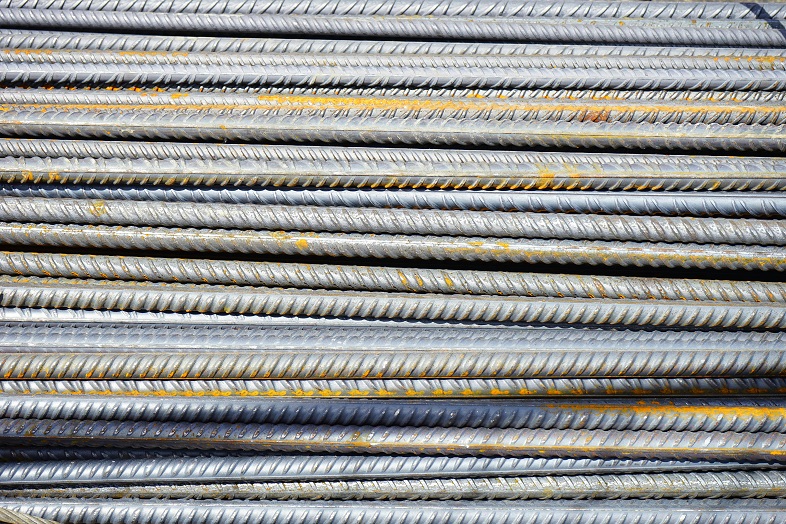India’s steel sector, one of the largest contributors to carbon emissions, plays a crucial role in the country’s broader climate goals. The Union Ministry of Steel introduced a green steel taxonomy to drive decarbonization in the industry. This new framework sets out clear criteria for reducing emissions in steel production, aiming to foster greener practices and make Indian steel competitive in the global market. However, the full impact of this initiative will depend on overcoming several key challenges, including stimulating demand, ensuring transparency, and supporting smaller producers.
Overview of the Green Steel Taxonomy
The green steel taxonomy categorizes steel products according to their carbon intensity. To qualify as “green steel,” a product must emit less than 2.2 tonnes of CO₂ equivalent per tonne of finished steel (tCO₂e/tfs). The classification system includes three tiers: Three-Star (2.0–2.2 tCO₂e/tfs), Four-Star (1.6–2.0 tCO₂e/tfs), and Five-Star (<1.6 tCO₂e/tfs). These ratings will be reviewed every three years to keep pace with advancements in technology and industry practices. The National Institute of Secondary Steel Technology (NISST) will oversee the certification, measurement, reporting, and verification (MRV) process, ensuring that the steel industry’s carbon footprint is accurately tracked.
Encouraging Demand for Green Steel
The success of the green steel initiative hinges on building strong domestic demand for low-carbon steel. While the taxonomy provides a clear framework for cleaner steel production, India’s steel market is largely domestic, with low-carbon steel consumption still in the early stages. To stimulate demand, the government is considering policies such as green public procurement, carbon pricing, and tax incentives. These measures can encourage industries to prioritize green steel, offsetting the higher production costs associated with green technologies like green hydrogen and renewable energy.
Strengthening MRV Systems and Supporting Small Producers
A robust MRV framework is essential for ensuring the credibility of the green steel certification process. NISST will need to expand its capacity to handle certification and verification, potentially collaborating with third-party auditors to ensure accuracy. Additionally, small steel producers, who rely heavily on coal-based methods and account for a significant portion of India’s steel output, face major barriers in transitioning to green steel. These producers will need substantial support in the form of financial incentives, technology upgrades, and access to capital to help them adopt low-carbon production practices.
Aligning with Global Standards and Future Opportunities
While the green steel taxonomy is tailored to Indian conditions, aligning it with international standards is crucial for expanding the country’s global market share. India’s steel exports make up a small percentage of total production, but aligning with global low-carbon steel frameworks could open up new markets, especially in regions like the European Union and North America. Issues such as the eligibility of imported steel for green certification and the recognition of India’s standards in global markets need to be addressed. If managed effectively, India’s green steel taxonomy could become a leading model for decarbonizing the global steel industry.


Leave a Reply